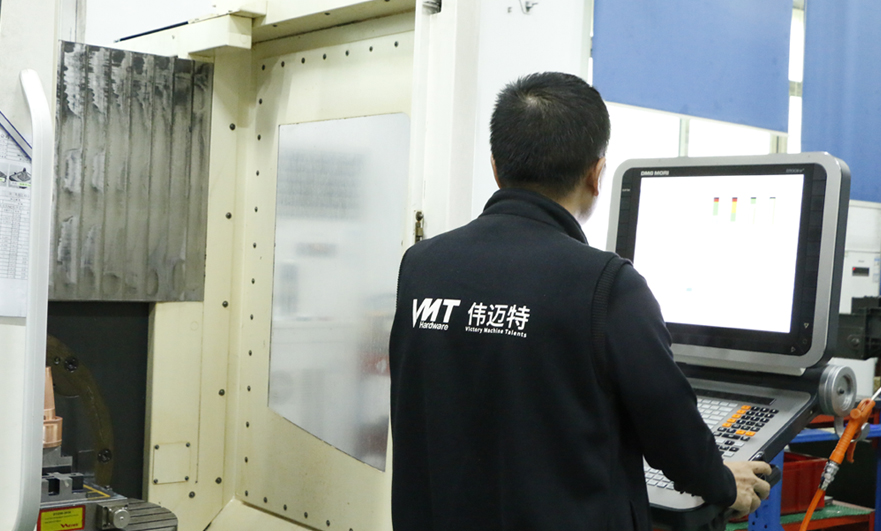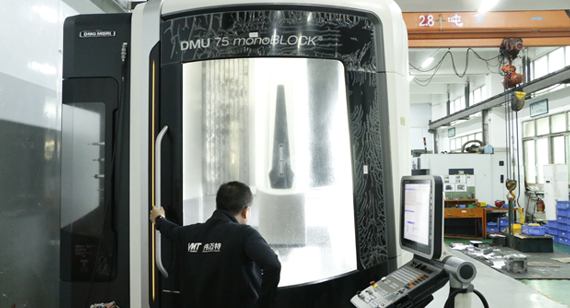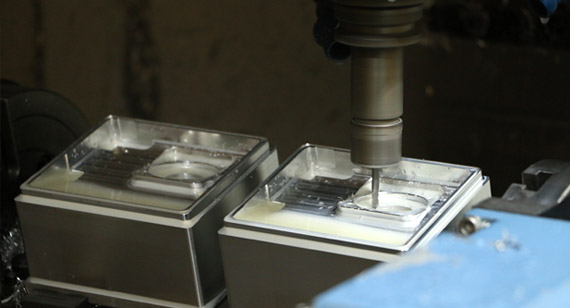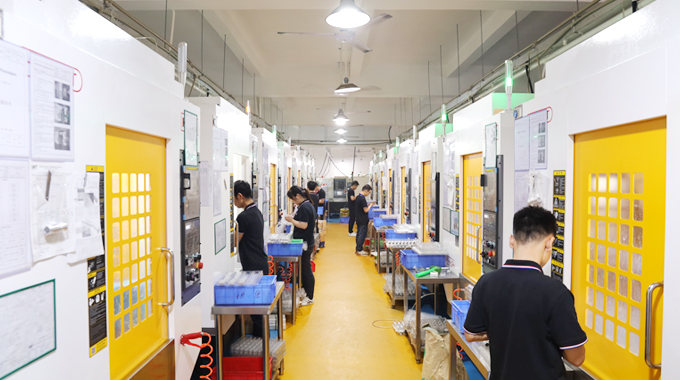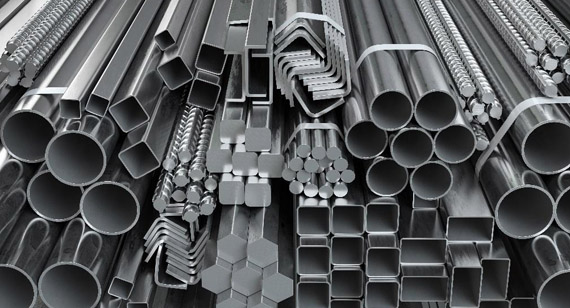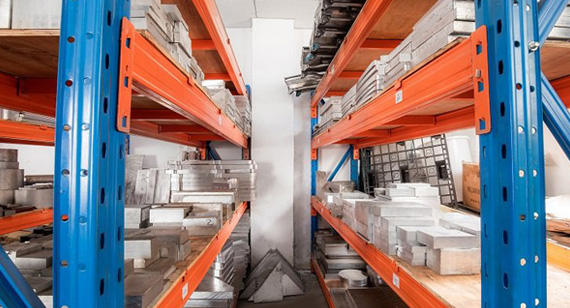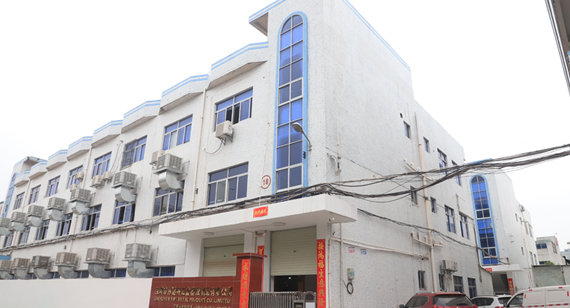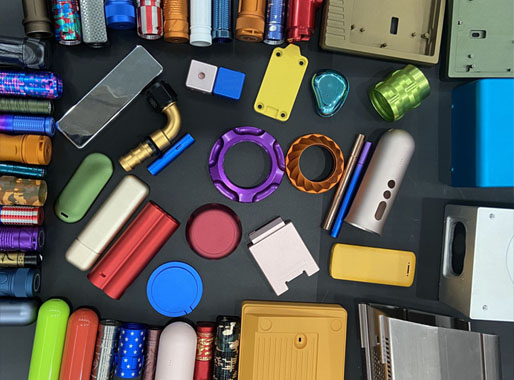15 years one-stop China custom CNC machining parts factory
The VMT blog is dedicated to sharing our hard-earned knowledge in prototype manufacturing. We hope these articles will help you optimize your product designs and gain deeper insight into the world of rapid prototyping. Enjoy the read!
Get an Instant Quote VMT
VMT  2024 03 27
2024 03 27 In the field of CNC machining part manufacturing, 5-axis CNC machining technology, with its characteristics of high precision, efficiency, and flexibility, is widely applied in the fabrication of various complex components. However, for many factories and businesses considering or encountering 5-axis CNC machining for the first time, a common question arises: What is the maximum part size for 5-axis CNC machining? This article will delve into this question, helping readers better understand and apply 5-axis CNC machining technology.
 66
66
 Read more
Read more
 VMT
VMT  2024 03 26
2024 03 26 In the realm of CNC machining part manufacturing, as demands for high precision and complexity escalate, the role of 5-axis CNC machining technology becomes increasingly pivotal. This article will delve into which precision components should opt for 5-axis CNC machining, analyzing the underlying reasons and advantages.
 66
66
 Read more
Read more
 VMT
VMT  2024 03 25
2024 03 25 In the realm of CNC machining part manufacturing, there exists a close relationship between CNC machining lead time and production efficiency. Lead time represents the customer's expectations for part delivery, directly reflecting their demands for machining speed and efficiency.
 66
66
 Read more
Read more
 VMT
VMT  2024 03 24
2024 03 24 In the rapid development of the manufacturing industry, CNC machining technology has become a crucial pillar of modern industrial production. Selecting a reliable CNC machining supplier is of significant importance for ensuring product quality, improving production efficiency, and reducing production costs.
 66
66
 Read more
Read more
 VMT
VMT  2024 03 23
2024 03 23 In the realm of CNC machined parts manufacturing, the selection of materials is crucial for components intended for long-term use in special environments. These environments may include high temperatures, low temperatures, high humidity, corrosive gases, vacuum conditions, strong radiation, and other extreme conditions. Such components require outstanding stability, corrosion resistance, fatigue resistance, and high reliability.
 66
66
 Read more
Read more
 VMT
VMT  2024 03 22
2024 03 22 In the realm of CNC machined parts manufacturing, aluminum CNC machining stands out due to its unique material characteristics and processing requirements, presenting significant differences compared to the machining of other materials.
 66
66
 Read more
Read more
 VMT
VMT  2024 03 21
2024 03 21 In the realm of CNC machined parts manufacturing, a cohesive CNC machining factory is not merely synonymous with efficiency and precision; it embodies a spirit of teamwork, innovation, and ambition. Such a factory shares common goals and ideals, harnessing the collective wisdom and strength of its team to confront challenges and achieve manufacturing excellence.
 66
66
 Read more
Read more
 VMT
VMT  2024 03 20
2024 03 20 In the manufacturing process of CNC machined parts, secondary oxidation is a common issue that may lead to dimensional deviations, significantly affecting product quality and customer satisfaction. It is crucial for CNC machining factories to address the problem of dimensional deviation caused by secondary oxidation.
 66
66
 Read more
Read more
Ready To Start Your Next Project?
Get Instant Quote

Request a Free Quote
Send us a message if you have any questions or request a quote. We will get back to you ASAP!
